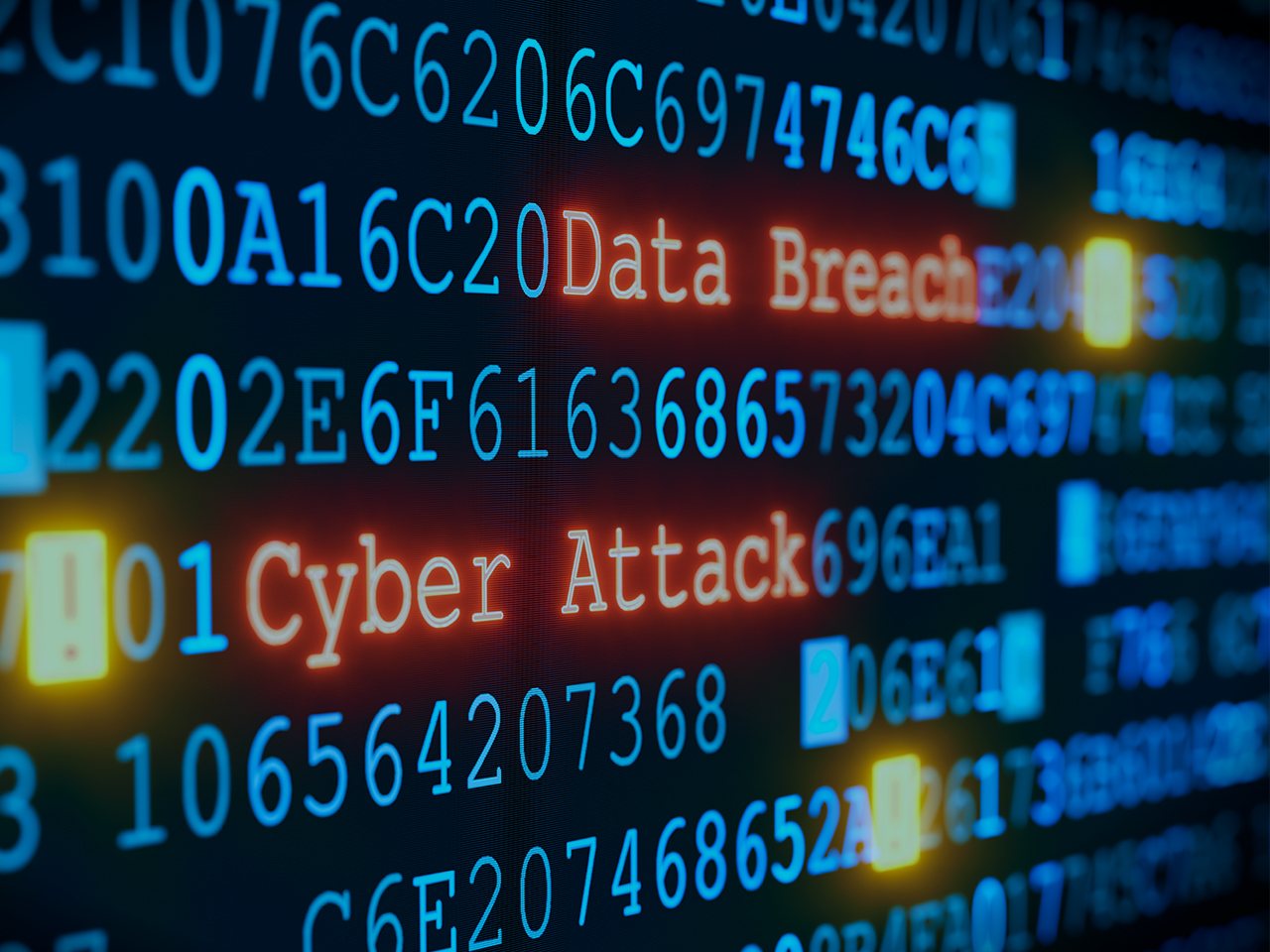What is Cyber Security?
Also referred to as information security cyber security to the practice of ensuring the integrity. Confidentiality and availability (ICA) of information. Cyber security is comprised of an evolving set of tools, risk management approaches. technologies training and best practices designed to protect networks, devices, programs, and data from attacks or unauthorized access.
The Importance of Cyber Security
Cyber security is important because government, military, corporate, financial, and medical organizations collect, process, and store unprecedented amounts of data on computers and other device. A significant portion of that can be sensitive information, whether that be intellectual property, financial data, personal information, or other types of data for which unauthorized access or exposure could have negative consequences. Organizations transmit sensitive data across networks and to other devices in the course of doing business, and cyber security describes the discipline dedicated to protecting that information and the system used t process or store it.
As the volume and sophistication of cyber attacks grow, companies and organizations, especially those that are tasked with safeguarding information relating to national security, health, or financial records, need to take steps to protect their sensitive business and personnel information. As early as March 2013, the nation's top intelligence officials cautioned that cyber attacks and digital spying are the top threat to national security, eclipsing even terrorism.
Challenges of Cyber security
For an effective cyber security, an organization needs to coordinate its efforts throughout entire information system. Elements of cyber encompass all of the following :
- Network Security : The process of protecting the network from unwanted users, attacks and intrusions.
- Application Security : Apps require constant updates and testing to ensure these programs are secure from attacks.
- Endpoint Security : Remote access is a necessary part of business, but can also be a weak point for data. Endpoint security is the process of protecting company and customer information is a separate layer of security.
- Identify Management : Essentially, this is a process of understanding the access every individual has is an organization.
- Database and infrastructure Security : Everything in a network involves database and physical equipment Protecting these devices is equally important.
- Cloud Security : Many files are in digital environments or "the cloud". Protecting data in a 100% Online environment presents a large amount of challenges.
- Mobile Security : Cell phones and tablets involve virtually every type of security challenges in and of themselves.
- Disaster recovery/business continuity planning : In the event of a breach, natural disaster or other event data must be protected and business must go on. For this, you'll need a plan. End-user education. Users may be employees accessing the network or customers logging on to a company app. Educating good habits (password changes, 2-factor authentication, etc.) is an important part of Cyber security.
Considerations for Cyber Security Risk Management

Risk Management is the process of identifying potential risks, assessing the impact of those risks, and planning how to respond if the risk become reality. It is important for every organization, no matter the size or industry, to develop a cyber security risk management plan. It is important, however, to know that not all risks, even if identified in advance, can be eliminated. But even in those case, you can reduce the potential impact. Here are 10 items to consider when planning your organization's cyber security risk management.
Build a Company Culture
The first thing to consider when you are planning your organization's cyber security risk management programs s your company's culture. The average cost of a cyber attack now exceeds $1.1 million, and further, 37% of companies attacked see a diminution of their reputation following the attack. This is why you need to establish a cyber security-focused culture throughout the entire organization, from the part-time staff up to the executive suite.
Distribute responsibility
The burden for maintaining cyber security cannot rest exclusively on the IT or security departments. Every employee in the organization needs to be aware of potential risks and be responsible for preventing security breaches. Your security plans have to take into account not just your hardware and software, but also human factors.
To guard against these human-related instructions, employees need the right tools and training to recognize malware, phishing emails, and other social engineering attacks. This is part and parcel of developing an organizational culture or security.
Train employees
To Implement your cyber security plan, you need to fully train staff at all levels on the identified risks and on the producers and systems designed to mitigate those risks. employee training is necessary to spread and encourage a security-aware culture as well as ensure all employees know to use the cyber security systems and tools you plan to implement.
Share Information
Putting cyber security in a silo result in failure. Information about cyber security risks must be shared across all departments and at all levels. What you're doing related to cyber security must be communicated to all the appropriate parties the potential business impact of relevant cyber risks-and then keep them aware and involved in ongoing activities.
Implement a Cyber Security Framework
It is important to implement the appropriate cyber security framework for your company. This is typically dictated by the standards adopted by your industry In this regard, the most frequently adopted cyber security frameworks are :
- PCI DSS
- ISO 27001/27002
- CIS Critical Security Controls
- NIST Framework for Improving Critical Infrastructure Security
Writer: Mr. Krishan Kumar Saini
Today we have learnt Basics about Cyber Security. Hope this lesson is helpful for you.

No comments:
Post a Comment